Smart Modular Helmet with an Innovative Information Relaying System †
Abstract
:1. Introduction
2. Proposed System
3. Proposed Hardware
4. Comparison of This Smart Helmet with Other Helmets
5. Conclusions
Author Contributions
Funding
Data Availability Statement
Conflicts of Interest
References
- Koohi, F.; Soori, H. Helmet Use and Its Efficacy on Preventing Motorcycle Injuries: A Systematic Review and Meta-analysis. J. Maz. Univ. Med. Sci. 2019, 28, 198–216. [Google Scholar]
- Shaadan, N.; Suhaimi, M.A.; Hazmir, M.; Hamzah, E. Road accidents analytics with data visualization: A case study in Shah Alam Malaysia. J. Phys. Conf. Ser. 2021, 1988, 012043. [Google Scholar] [CrossRef]
- Jesudoss, A.; Vybhavi, R.; Anusha, B. Design of smart helmet for accident avoidance. In Proceedings of the 2019 International Conference on Communication and Signal Processing (ICCSP), Chennai, India, 4–6 April 2019; p. 012043. [Google Scholar]
- Bhatti, F.; Shah, M.A.; Maple, C.; Islam, S.U. A novel internet of things-enabled accident detection and reporting system for smart city environments. Sensors 2019, 19, 2071. [Google Scholar] [CrossRef] [PubMed] [Green Version]
- Davydov, V.; Bezzateev, S. Accident detection in internet of vehicles using blockchain technology. In Proceedings of the 2020 International Conference on Information Networking (ICOIN), Barcelona, Spain, 7–10 January 2020; pp. 766–771. [Google Scholar]
- Campero-Jurado, I.; Márquez-Sánchez, S.; Quintanar-Gómez, J.; Rodríguez, S.; Corchado, J.M. Smart Helmet 5.0 for industrial internet of things using artificial intelligence. Sensors 2020, 20, 6241. [Google Scholar] [CrossRef] [PubMed]
- Usman, M.; Waseem, M.; Khan, D.; Manan, A.; Ullah, S.; Iqbal, M.M.; Faheem, Z.B. PD Based Cost Effective and Accurate Calorimeter Temperature Control and Measurement System. In Proceedings of the 2020 IEEE International Conference on Sustainable Engineering and Creative Computing (ICSECC), Indonesia, 16–17 December 2020; pp. 189–193. [Google Scholar]
- Aatif, M.K.A.; Manoj, A. Smart Helmet Based on IoT Technology. Int. J. Res. Appl. Sci. Eng. Technol. (IJRASET) 2017, 5, 409–415. [Google Scholar]
- Alvi, U.; Khattak, M.A.K.; Shabir, B.; Malik, A.W.; Muhammad, S.R. A comprehensive study on IoT based accident detection systems for smart vehicles. IEEE Access 2020, 8, 122480–122497. [Google Scholar] [CrossRef]
- Goyal, S.; Bedi, P.; Kumar, J. Realtime Accident Detection and Alarm Generation System Over IoT. In Multimedia Technologies in the Internet of Things Environment; Springer: Berlin/Heidelberg, Germany, 2022; Volume 2, pp. 105–126. [Google Scholar]
- Tabary, M.; Ahmadi, S.; Amirzade-Iranaq, M.H.; Shojaei, M.; Asl, M.S.; Ghodsi, Z.; Azarhomayoun, A.; Ansari-Moghaddam, A.; Atlasi, R.; Araghi, F. The effectiveness of different types of motorcycle helmets–A scoping review. Accid. Anal. Prev. 2021, 154, 106065. [Google Scholar] [CrossRef] [PubMed]
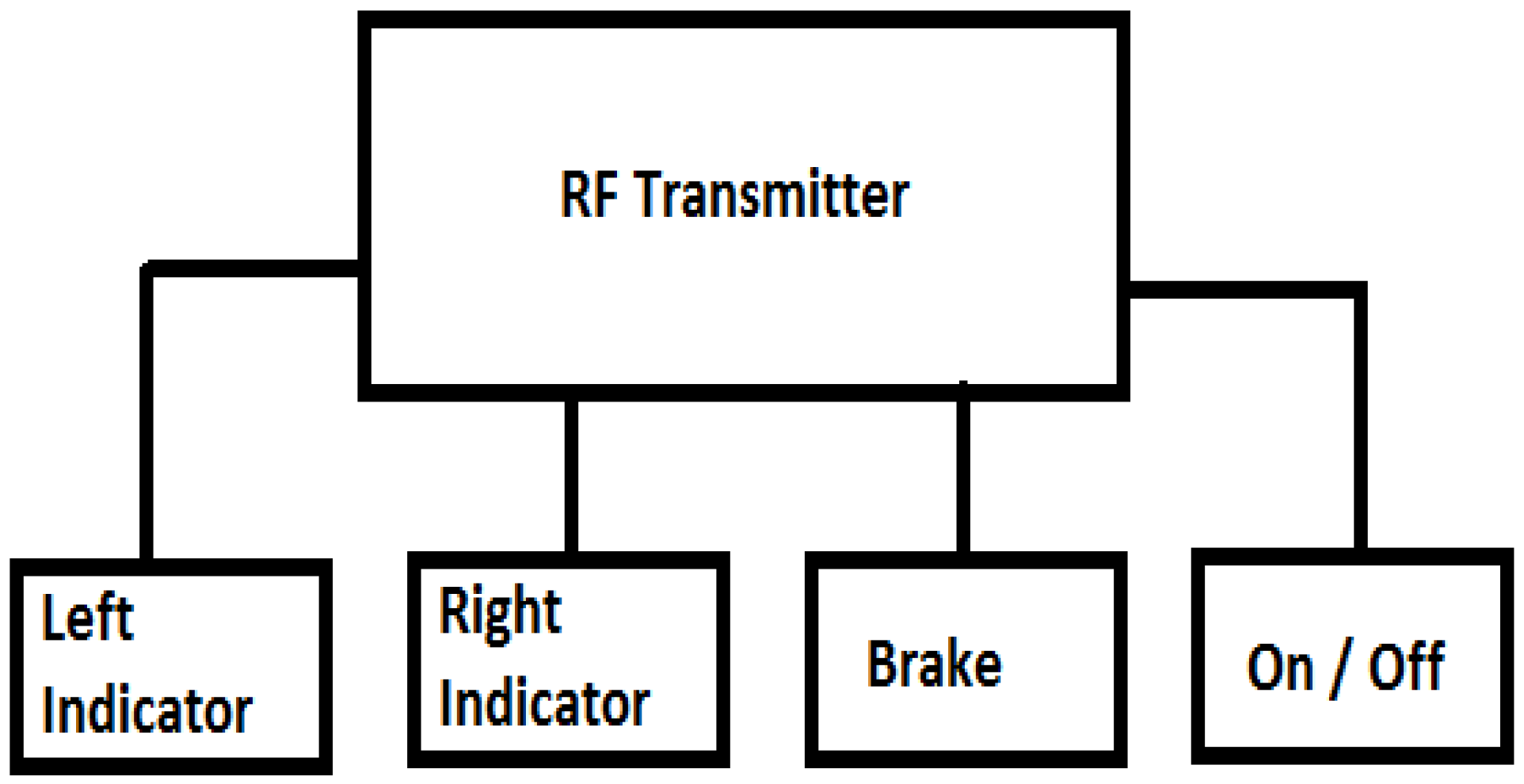


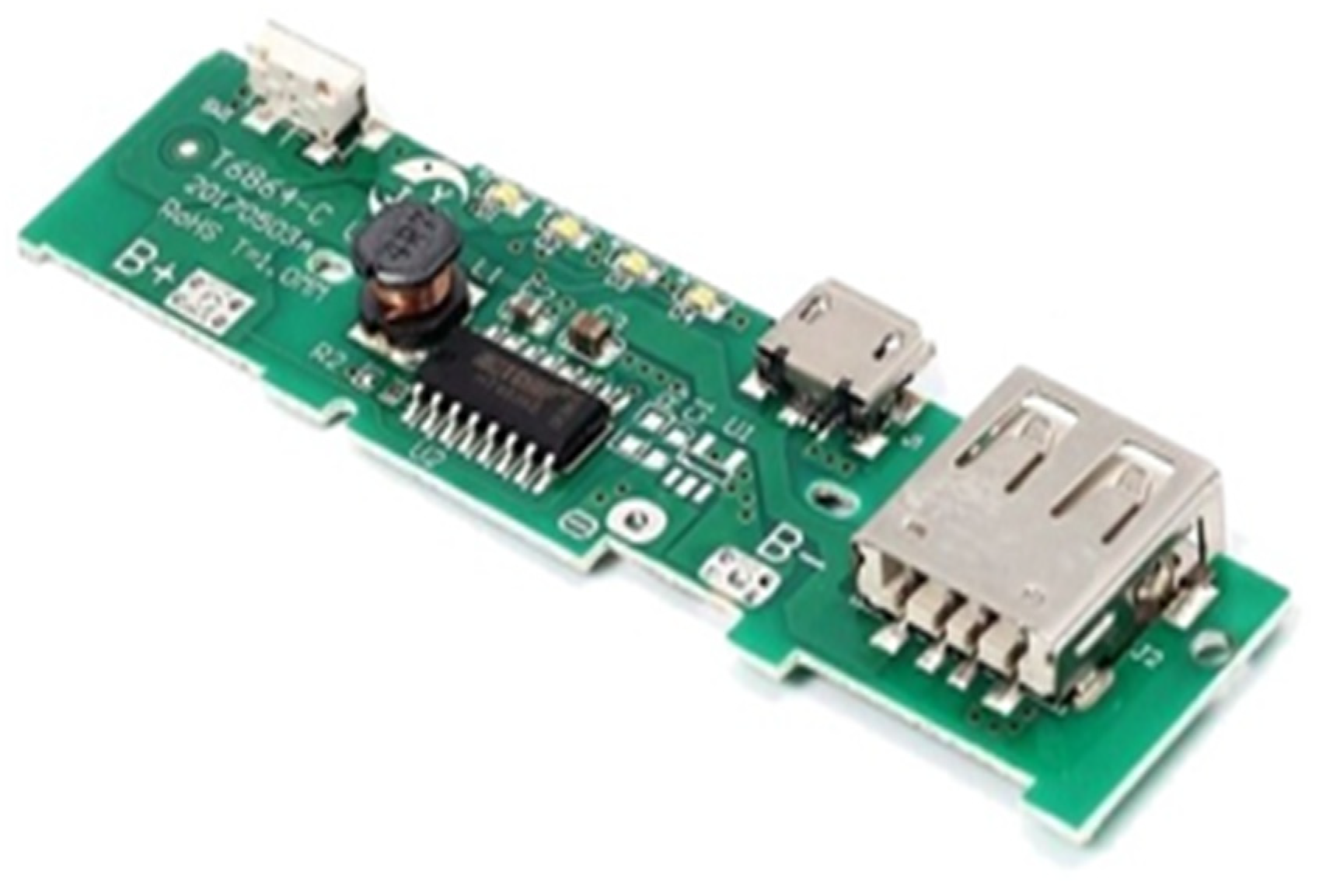


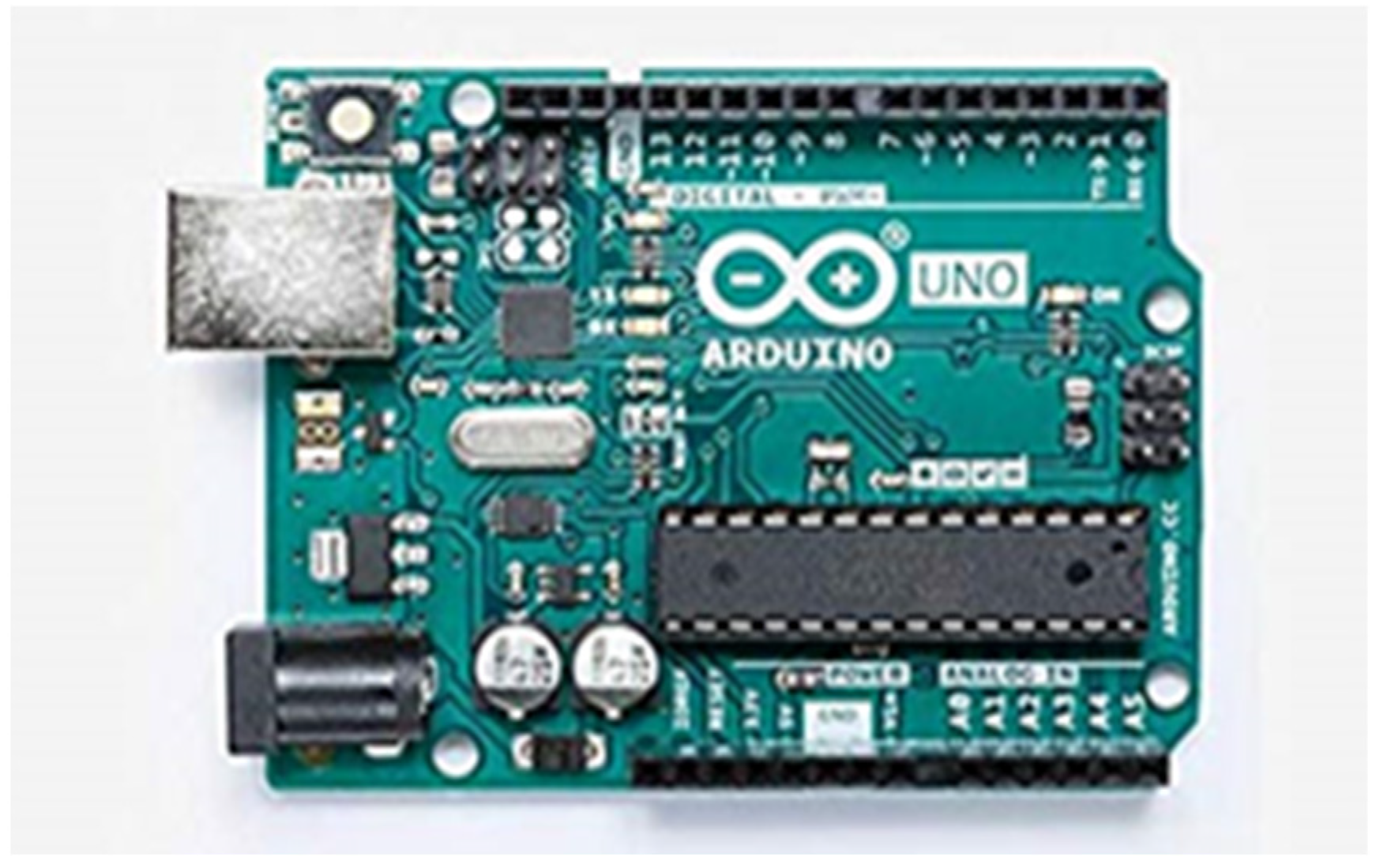
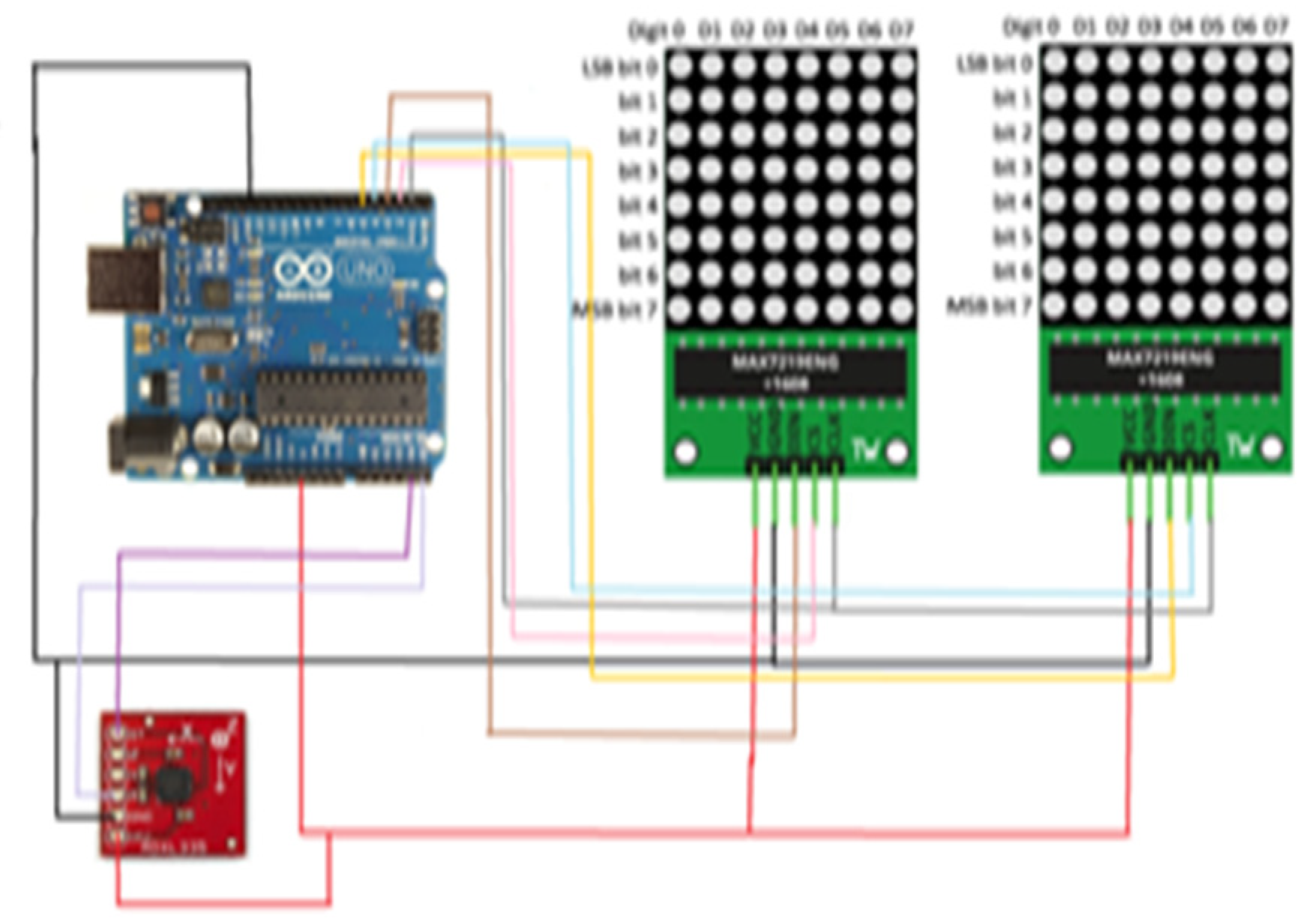
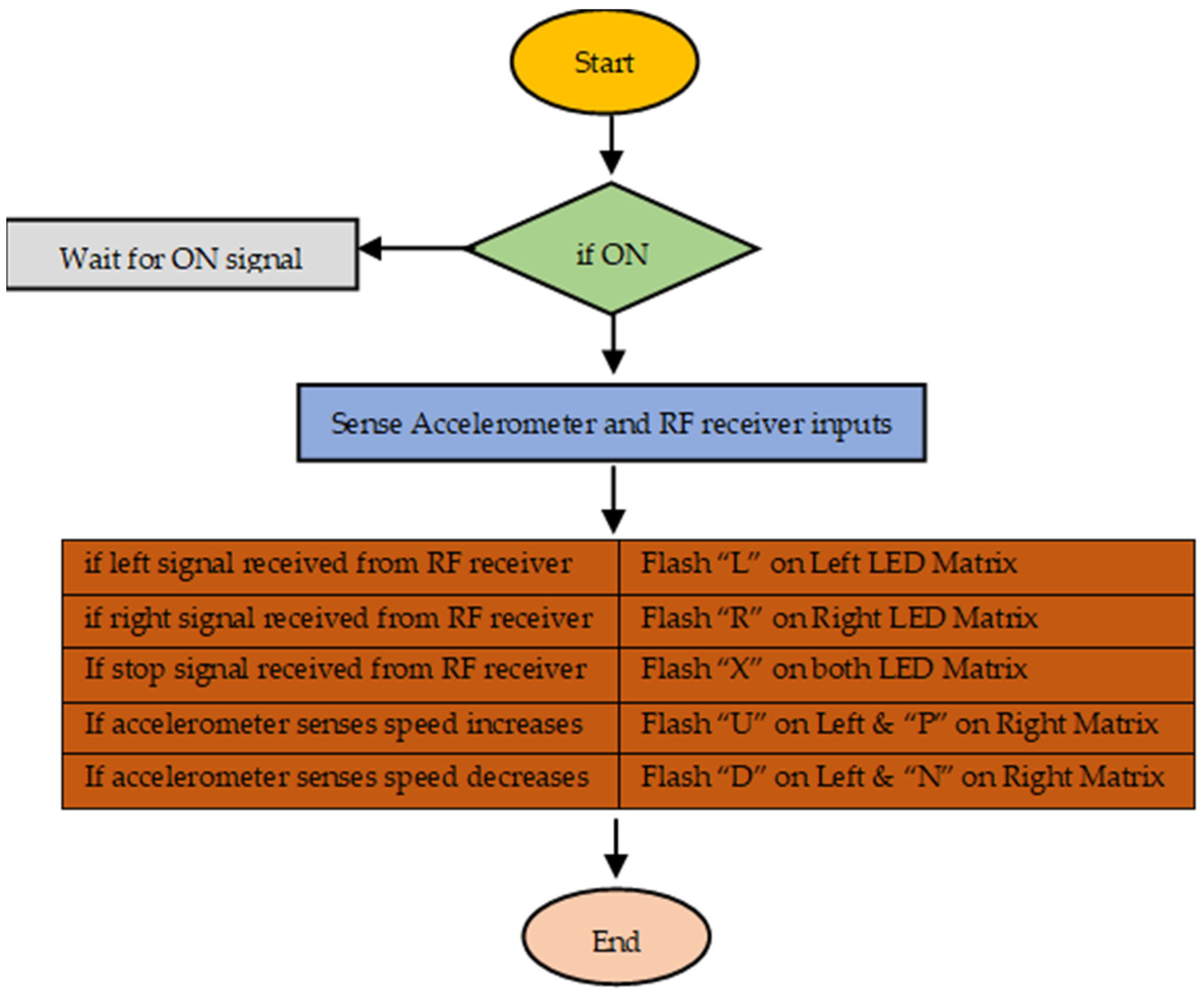
Publisher’s Note: MDPI stays neutral with regard to jurisdictional claims in published maps and institutional affiliations. |
© 2022 by the authors. Licensee MDPI, Basel, Switzerland. This article is an open access article distributed under the terms and conditions of the Creative Commons Attribution (CC BY) license (https://creativecommons.org/licenses/by/4.0/).
Share and Cite
Sattar, M.K.; Fayyaz, S.; Waseem, M.; Saddique, M.S.; Usama, M.; Ilyas, H.B. Smart Modular Helmet with an Innovative Information Relaying System. Eng. Proc. 2021, 12, 94. https://doi.org/10.3390/engproc2021012094
Sattar MK, Fayyaz S, Waseem M, Saddique MS, Usama M, Ilyas HB. Smart Modular Helmet with an Innovative Information Relaying System. Engineering Proceedings. 2021; 12(1):94. https://doi.org/10.3390/engproc2021012094
Chicago/Turabian StyleSattar, Muhammad Kashif, Saqib Fayyaz, Muhammad Waseem, Muhammad Shahzar Saddique, Muhammad Usama, and Hassan Bin Ilyas. 2021. "Smart Modular Helmet with an Innovative Information Relaying System" Engineering Proceedings 12, no. 1: 94. https://doi.org/10.3390/engproc2021012094
APA StyleSattar, M. K., Fayyaz, S., Waseem, M., Saddique, M. S., Usama, M., & Ilyas, H. B. (2021). Smart Modular Helmet with an Innovative Information Relaying System. Engineering Proceedings, 12(1), 94. https://doi.org/10.3390/engproc2021012094







